
Eisenhower in Bushy Park
General Dwight Eisenhower and Bushy Park
When General Dwight D. Eisenhower moved his headquarters to Bushy Park in 1944, the Teddington locals probably had no idea about his arrival and its global significance.
As Supreme Allied Commander in the Second World War, General Dwight Eisenhower oversaw all forces involved in the D-Day landings. His unit – the Supreme Headquarters of the Allied Expeditionary Force (SHAEF) – was responsible for planning the invasion of Normandy known as ‘D-Day’. SHAEF had been based in central London, and they moved operations to Bushy Park in 1944. While working from the park, they finalised their plans for the invasion, which eventually took place on 6 June 1944.
But before we look at Eisenhower’s unit in Bushy Park, who was Eisenhower and why did he hold such a weighty responsibility?
Becoming General Eisenhower
Born in Texas in 1890 and raised in Kansas, Dwight D. Eisenhower – often nicknamed ‘Ike’ – was a keen soldier even as a young man. Almost immediately after finishing school, Eisenhower entered the US Military Academy in New York. He graduated in the class of 1915.
Eisenhower served in the US Army throughout the 1920s and 1930s, operating in many different countries including the Philippines in the late 1930s. He returned to the United States soon after Nazi Germany’s invasion of Poland, which triggered the start of the Second World War in Europe. In June 1942, Eisenhower was appointed Commanding General in the European theatre – a role that was later expanded to include the Mediterranean and North Africa.
After making a name for himself as an experienced and knowledgeable military planner, General Eisenhower was appointed Supreme Commander of SHAEF and was given responsibility for planning the Allied invasion of Nazi-occupied France.
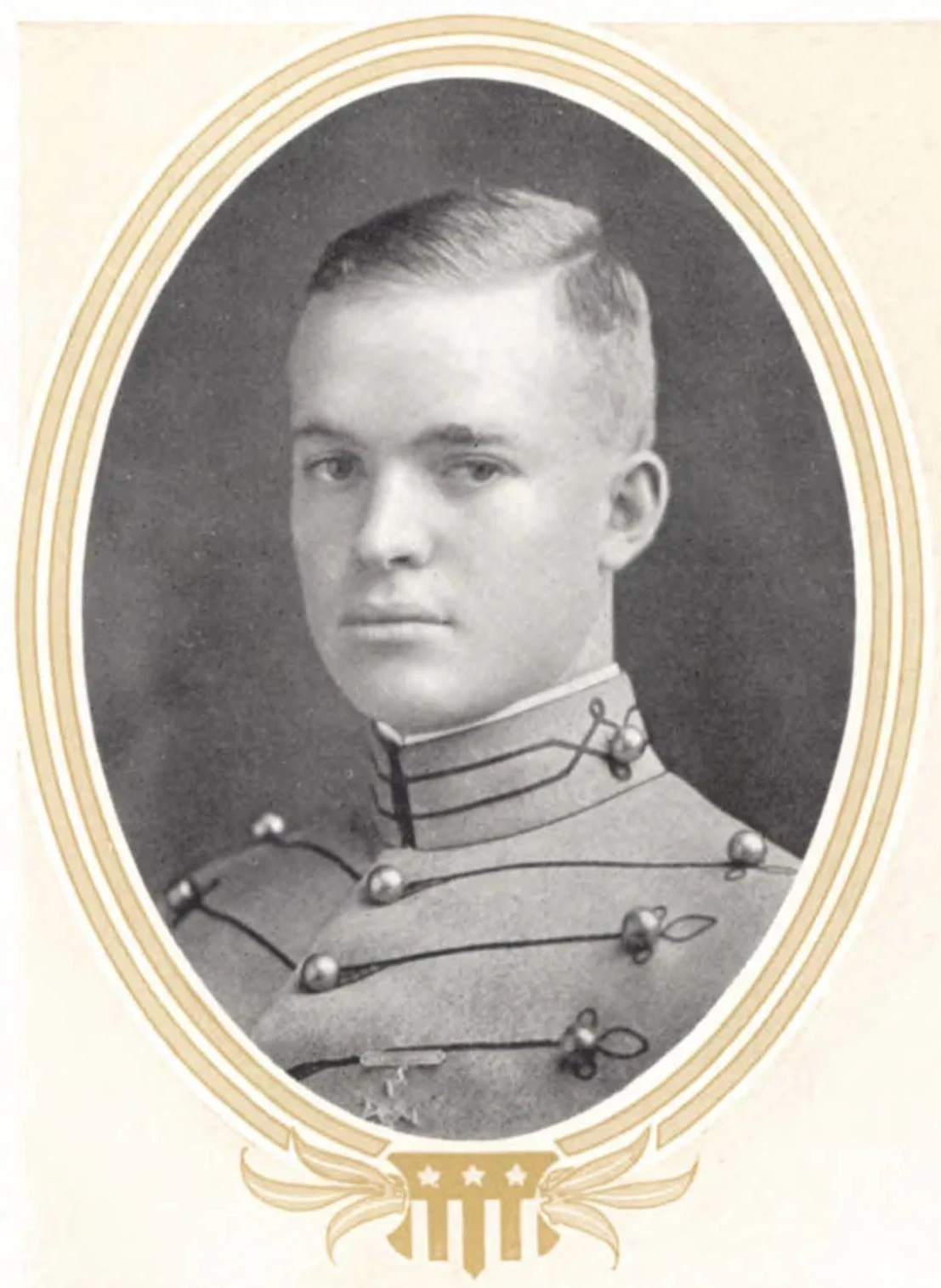
Eisenhower in London
Eisenhower’s arrival at the US Headquarters in London in June 1942 signalled the start of his important role as Commander. The US Headquarters was based on Grosvenor Square, and the Navy Building – where SHAEF was based – was located just next door.
Grosvenor Square was soon nicknamed ‘Little America’ due to its abundance of American soldiers.
The Guardian reported this phenomenon on 14 December 1942:
‘Englishmen still call it Grosvenor Square, but to the growing colony of Americans in London the spacious centre of residential Mayfair has been in turn Roosevelt Square and Washington Square and is now “Eisenhower Platz” to which leads to Eisenhower Strasse (or Grosvenor Street).’
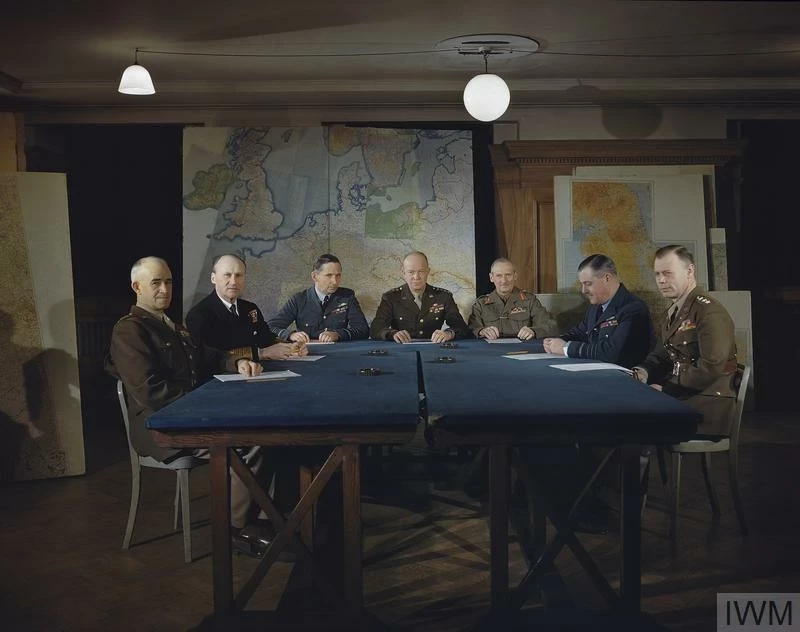
The big move
The big move in the autumn of 1943, it became clear that a new headquarters had to be found for SHAEF outside of central London. They moved to Bushy Park in the hopes that this more remote location would be less vulnerable to overhead bombing. The final decision was made in January 1944 to move into the vacated Eighth Air Force offices in Bushy Park, where telecommunications and accommodation were already available – and where improvements could be made to suit the needs of the new headquarters.
Eisenhower himself took up residence in Kingston, in a house called Telegraph Cottage. Very few people knew that Eisenhower was living there, as his staff went to great efforts to ensure his privacy.
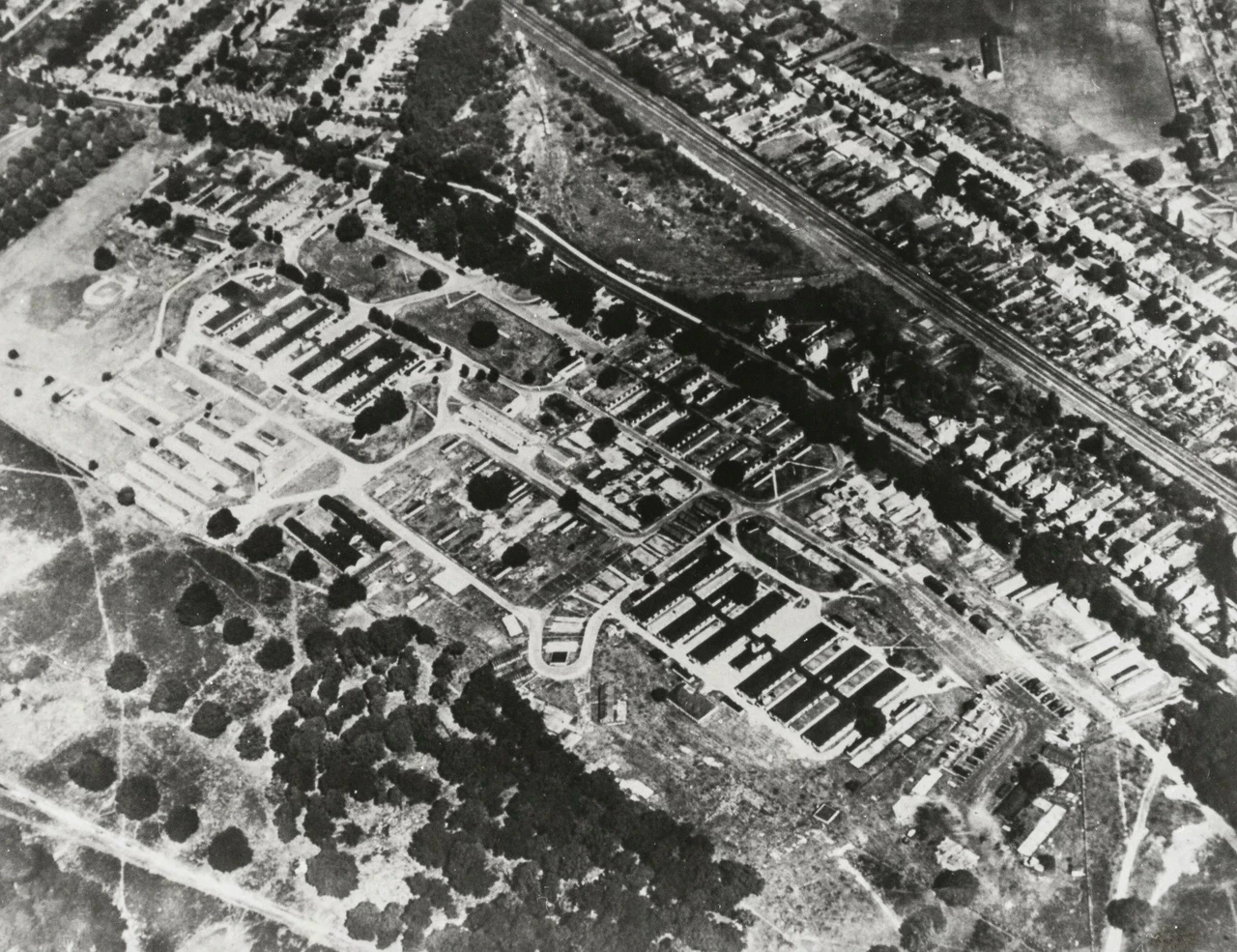
Kay Summersby's story
Kathleen ‘Kay’ Summersby (1908-1975) was Eisenhower’s chauffeur, and a member of the British Mechanised Transport Corps during the Second World War. In the latter years of the war, she served as Eisenhower’s secretary and joined him at Telegraph Cottage in Kingston.
Summersby’s roles as driver and secretary to Eisenhower allowed her to gain closer access to him than most – and she recorded many of her memories in her 1948 memoir, Eisenhower Was My Boss.
In her memoir, Summersby discusses the move from Grosvenor Square to Bushy Park:
‘We moved. All of SHAEF migrated to buildings formerly occupied by the Eighth Air Force, the post known by the none-too-subtle code name of “Widewing”. The place itself was a group of temporary buildings and tents in Bushy Park, near Kingston and not far from Hampton Court, the lovely Thames-side palace retreat of England’s kings…
Widewing gave SHAEF its first family atmosphere. Instead of being scattered in far-flung billets, as in London, the officers were quartered together… This buddy-feeling increased with the introduction of an afternoon tea ceremony in most offices’.

Summersby remembers that Bushy Park’s Camp Griffiss looked much different to the park today.
‘Nissen huts, cement structures, tents and shacks housed messes, PXs [Post Exchange, US Army], supplies and troop quarters. And headquarters itself was encased in long, low buildings covered with a camouflage net intended to give enemy airmen the idea this was no more than a dirty brown hill.’
Summersby records her memories of Eisenhower’s office in Bushy Park:
‘General Eisenhower’s office was, as usual, plain and unpretentious, shocking visitors who expected grandeur in the Supreme Commander’s inner sanctum. He laughed at the American idea that an executive’s worth is measured by the number of telephones on his desk; he had but two. One was the old “Red Line 6”, his personal, super-service wire with the same designation as that in North Africa. The other was nothing more than the accessory “scrambler”, common in Britain as a means of foiling line-tappers who, should they cut in, would only hear a meaningless jumble of Donald Duck sounds.’
Unless otherwise stated, images on this page come from the Bushy Park archive at The Royal Parks. We have made every effort to establish the provenance of the photographs and testimonies used in this exhibition, but if you have a query about any of these items please contact us at digitalcomms@royalparks.org.uk.
Discover more of our digital exhibition Operation Bushy Park
-
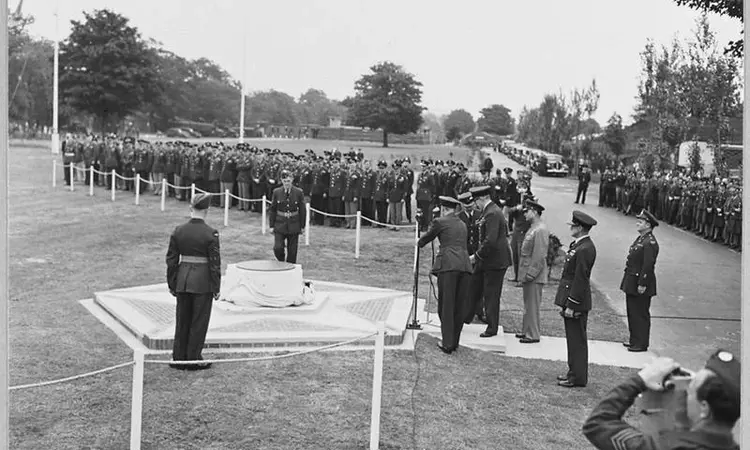
Bushy Park after the war
Discover the legacy of Bushy Park's wartime occupation, as we explore the Camp Griffiss Bushy Park site in the past, present - and future.
-
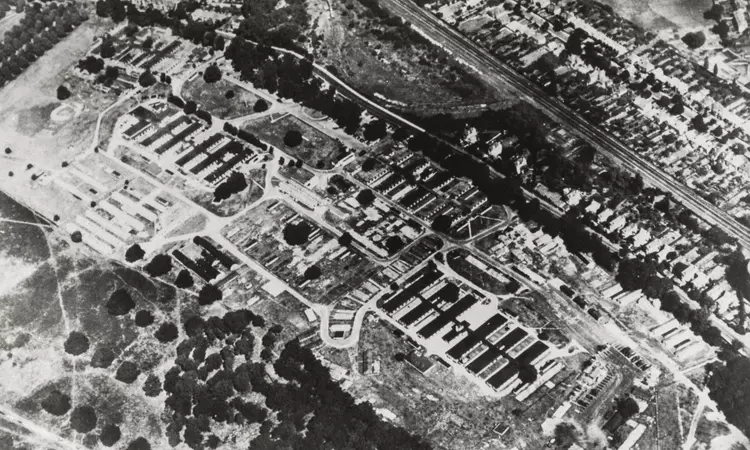
Operation Bushy Park: Plotting D-Day in a Royal Park
During the Second World War, Bushy Park was home to a sprawling military base. This is where General Eisenhower came to work on a top-secret plan...
-

Setting up Camp Griffiss Bushy Park
When you visit Bushy Park today, nothing remains of the vast, bustling army and air force camp that used to be such a prominent feature of the park.
-

Life in Camp Griffiss I Bushy Park History
The men and women of Camp Griffiss worked hard – but they played hard too! The camp had much to offer when it came to leisure time.
-
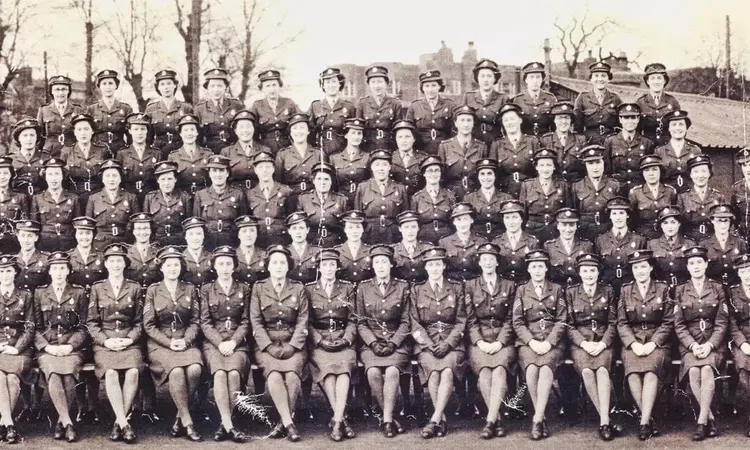
The People of Camp Griffiss
Who were the people that lived and worked in camp? Let’s explore the stories of just some of the people who called Bushy Park home in the 1940s.
-
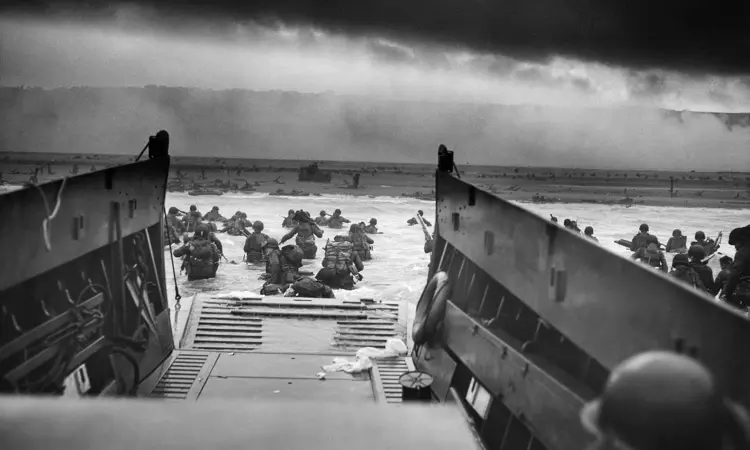
Planning D-Day
Discover the significance of D-Day and its ties to Bushy Park. Learn about Operation Overlord and Neptune's planning.
Related Articles
-
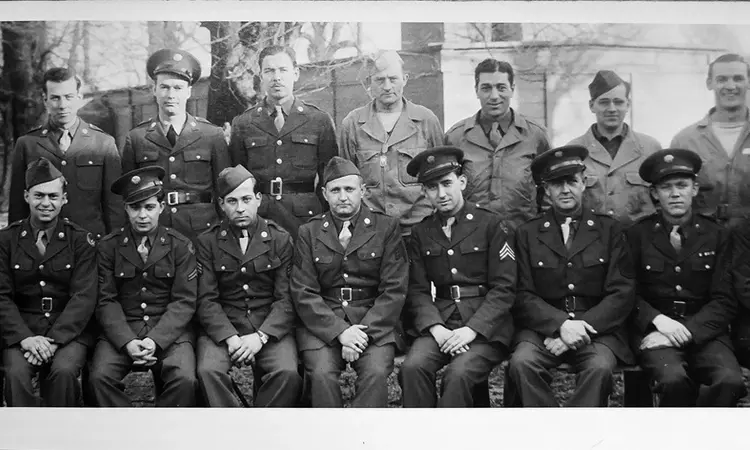 Read
ReadBushy Park's own 'Masters of the Air'
When you’re taking a walk through Bushy Park it can be hard to imagine that the park has a fascinating military past.
-
 Read
ReadJoe Louis at Bushy Park
Joe Louis is remembered as one of the first black sportsmen to transcend the colour barrier, and in WW2 he made a special appearance at Bushy Park.
-
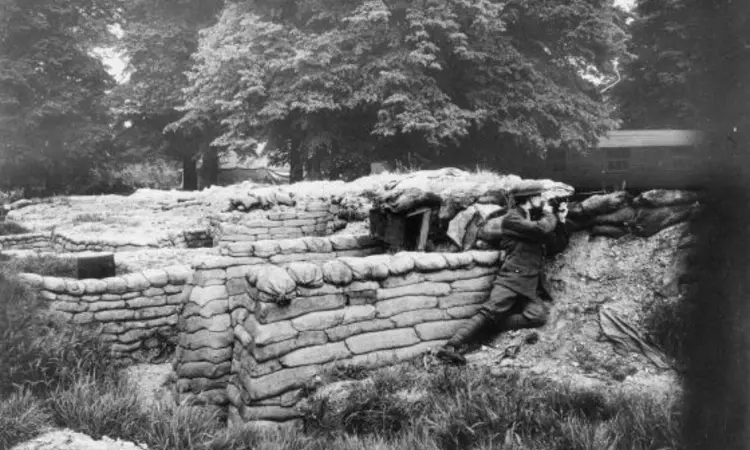 Listen
ListenHidden Stories of The Royal Parks: Parks at War
In this episode David Ivison, historical researcher for The Royal Parks Guild, explains how the Royal Parks were used during the two world wars.